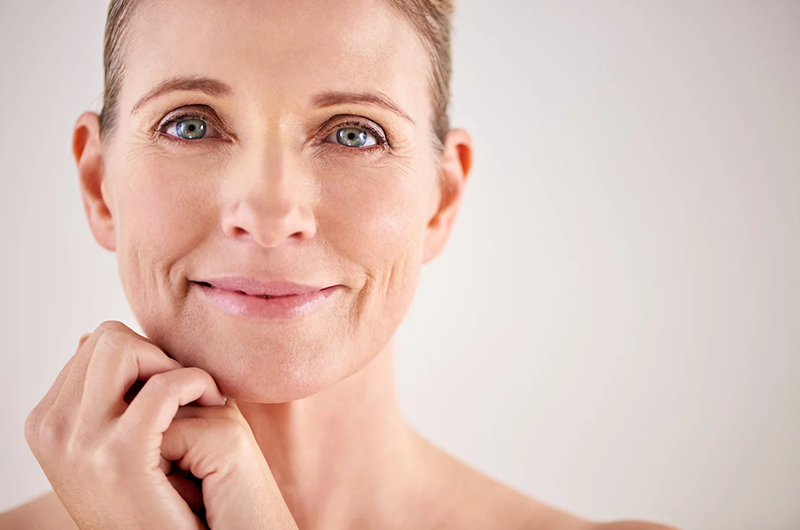The average age for people to seek facelifts is their 50s or 60s. While some patients visit Dr. Illich Navarro in their 30s or 40s for facelifts, it’s usually for mini facelifts as aging changes don’t usually progress enough for a deep plane facelift until after 50.
Best Age for Facelift
While there’s no single “best” age, many patients find the most dramatic and satisfying results from a facelift in their 40s to 60s, when wrinkles and folds begin to appear on the lower face and neck. However, individual factors like skin condition, overall health, and genetics play a role, so consulting a plastic surgeon is crucial for personalized advice
What is the best age for a facelift?
The answer will be different for every person based on personal factors like how quickly your face is aging, how comfortable you are with those age-related changes, and, of course, your personal preferences, lifestyle, and treatment goals.
According to Dr. Illich Navarro from Tijuana Facelift the decision to have a facelift is a very personal one, so it is difficult for us to advise our patients as to the exact right age for a facelift. People of the same age may have had different life experiences (smoking, diet), levels of sun exposure, or genetic traits (such as oily or dry skin) that will affect their skin’s condition and “genetic age”.
However, if you’re aged over 40 and considering a facelift, it pays to not wait too long. This is because women in their mid-forties or early fifties still have sufficient skin elasticity to achieve optimum results.
As you get older, excellent results can still be achieved for women in their sixties, seventies — or older if you are in good health and overall fitness. A typical facelift will last 7-10 years, so ideally we recommend a first facelift in mid-40’s to early-50’s, with a secondary “refresher” facelift in your mid-to-late 60’s.
Men rarely seek advice on facelifts before their 50’s or early 60’s, but those that do will experience greater benefit from surgical facial rejuvenation.

Everyone Ages Differently
When it comes to facelift surgery, there really is no perfect age. While some people’s faces remain firm and wrinkle free well into their 60s, others begin to see those tell-tale signs of ageing in their 30s, such as loss of volume in the cheeks, descent or sagging of the facial tissues and the development of wrinkles.
While in some cases this is just a simple case of genetics, there are some factors that make premature ageing more likely:
- Sun damage – if you’re a sun worshipper, or partial to the odd sun bed to top up your tan, the chances are you will notice the signs of ageing earlier than your more ‘pale and interesting’ peers. This is because the UV rays change your skin’s DNA, resulting in broken veins, pigmentation problems, skin thinning, fine lines and wrinkles. In fact, UV radiation accounts for about 80% of facial ageing
- Smoking – the chemicals in tobacco smoke are highly damaging to the skin, causing fine lines, wrinkles and a dull, greyish appearance
Why wait for facelift surgery?
As discussed above, the right age to have a facelift is a very personal decision that will differ from person to person. Dr. Illich Navarro always holds a full and thorough consultation with every patient before agreeing on a treatment plan.
There are some advantages to having facelift surgery in your 40s, rather than waiting until your 50s or 60s: because your skin has more elasticity, the results are likely to last longer.
Generally, the benefits of a facelift are expected to last for five to six years, before further surgery might be required to maintain the results. Some patients who have the surgery in their 40s can expect to wait for up to ten years before considering further procedures.


